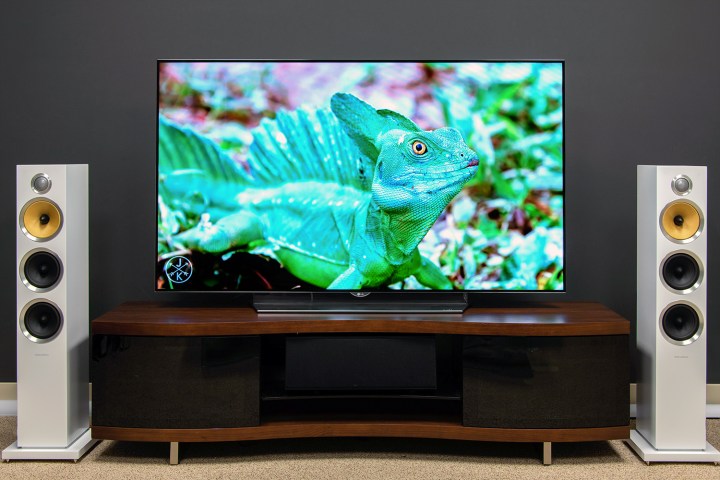
The factory is set to open in the first half of 2018, with LG Display funding the initial $1.6 billion to build the facility.
LG already has large-screen TVs on the market with OLED displays, including the 65EF9500, which we recently reviewed. In addition to mass producing these TV displays, the factory will also be used to manufacture flexible panels for automotive displays and smartwatches.
Nikkei reports that LG is already planning to upgrade capacity in the facility to attract interest from Apple. The iPhone maker is apparently looking to switch to OLED in 2018, and is on the hunt for a supplier. Since LG is currently the only major display manufacturer supporting OLED, it seems like Apple may have little choice.
LG already provides the AMOLED display for the Apple Watch, so Apple won’t have to take another chance on a new supplier.
Having Apple on board might influence other display manufacturers to adopt OLED, which should help bring down the cost as competition increases. Panasonic launched its first OLED TVs earlier this year, but said it would be 2-3 years before the technology goes mainstream.
Samsung and Sony both have 4K TVs on the market, but in Samsung’s case, the Korean company is promoting its SUHD standard, which apparently offers better colors and brighter picture. On mobile devices, Samsung has its own Super AMOLED displays as well, which we doubt it will drop for OLED any time soon.
Editors' Recommendations
- One of the most iconic iPhone accessories is back — and it’s great
- iPhone 16: news, rumored price, release date, and more
- An Apple insider just revealed how iOS 18’s AI features will work
- Why you should buy the iPhone 15 Pro instead of the iPhone 15 Pro Max
- iPhone SE 4: news, rumored price, release date, and more


